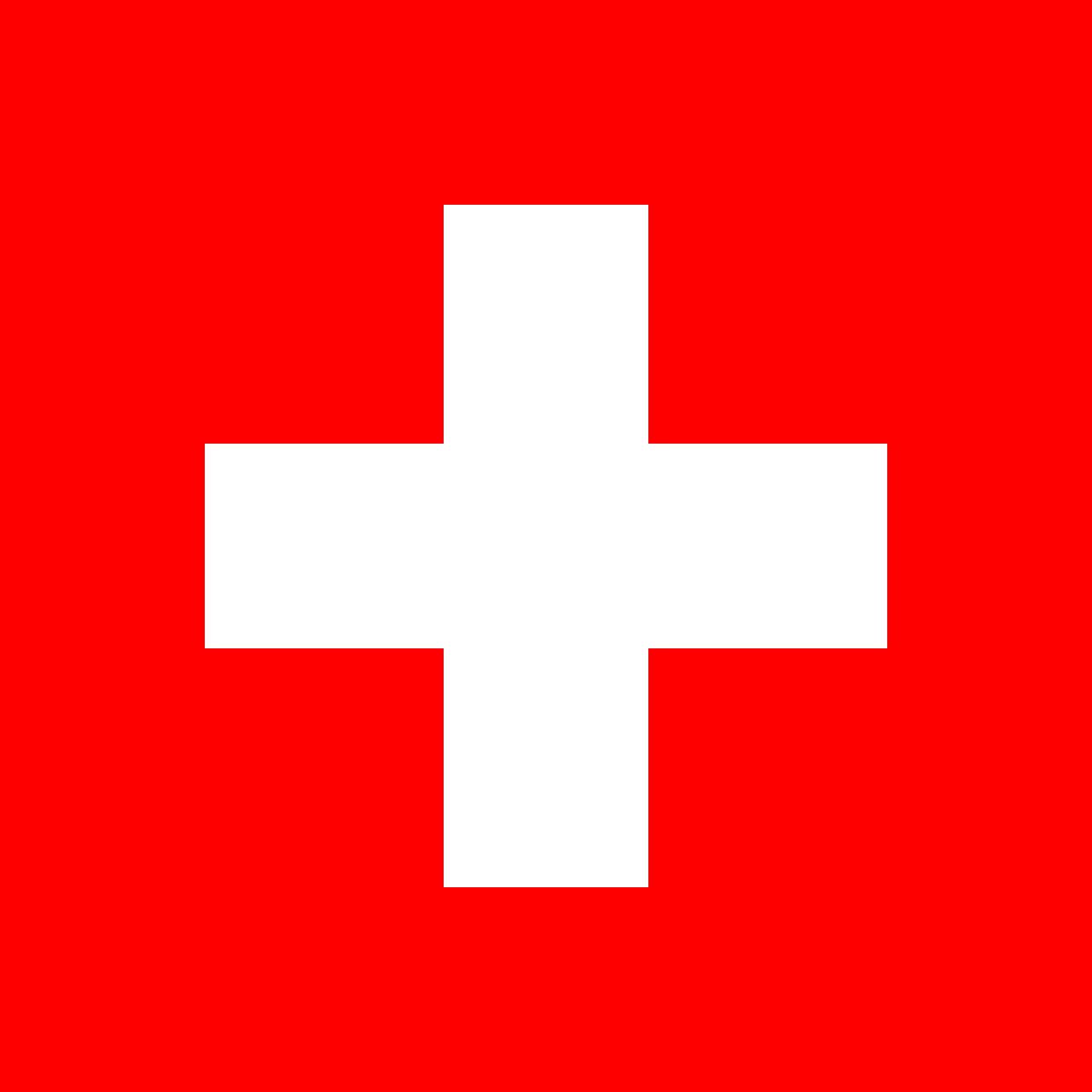La bandera de Tayikistán presenta tres franjas horizontales de rojo, blanco y verde, con una corona dorada y siete estrellas centradas en la franja blanca. Este diseño vibrante encapsula la historia, el patrimonio cultural y la belleza natural de la nación.
Información de Tayikistán
| Día Nacional de la Bandera | 24 de noviembre |
| Estado soberano | Sí |
| Nombre oficial | República de Tayikistán |
| Capital | Dusambé |
| Población | 9,537,645 |
| Área | 143,100 km² |
| Moneda | Somoni tayiko (TJS) |
| Idioma | Tayiko |
| Continente | Asia |
| Región | Asia Central |
| Subregión | — |
| Fronteras | Afganistán, China, Kirguistán, Uzbekistán |
| Zona horaria | Hora de Tayikistán (TJT) UTC+5 |
| Código de llamada | +992 |
| Dominio de nivel superior | .tj |
Historia de la bandera de Tayikistán
 La actual bandera de Tayikistán fue adoptada el 24 de noviembre de 1992, tras la independencia del país de la Unión Soviética en 1991. El diseño fue parte de un esfuerzo más amplio para establecer una identidad nacional distinta y alejarse del simbolismo soviético. Los colores y símbolos de la bandera fueron cuidadosamente elegidos para representar el legado cultural e histórico único de Tayikistán, así como sus aspiraciones para el futuro.
La actual bandera de Tayikistán fue adoptada el 24 de noviembre de 1992, tras la independencia del país de la Unión Soviética en 1991. El diseño fue parte de un esfuerzo más amplio para establecer una identidad nacional distinta y alejarse del simbolismo soviético. Los colores y símbolos de la bandera fueron cuidadosamente elegidos para representar el legado cultural e histórico único de Tayikistán, así como sus aspiraciones para el futuro.
Simbolismo y diseño de la bandera de Tayikistán
La bandera de Tayikistán está llena de simbolismo, reflejando la historia, la cultura y el paisaje natural del país. La franja roja en la parte superior representa la unidad, la victoria y el sol. También simboliza el pasado revolucionario y las luchas por la independencia. La franja blanca en el medio significa pureza, claridad moral y las montañas cubiertas de nieve que dominan el paisaje de Tayikistán. La franja verde en la parte inferior representa los valles fértiles, la abundancia agrícola y la renovación de la naturaleza.
La corona dorada en el centro de la franja blanca es un símbolo del pueblo tayiko y su gobierno. Representa la soberanía y el rico patrimonio cultural del país, remontándose al Imperio Samánida, un período considerado la edad de oro de la historia tayika. Las siete estrellas sobre la corona tienen múltiples interpretaciones. Pueden representar las siete regiones históricas de Tayikistán, los siete días de la semana o el número siete como símbolo de perfección y felicidad en la cultura tayika y persa.
Uso y significado de la bandera de Tayikistán
 La bandera de Tayikistán es un orgulloso símbolo de identidad y unidad nacional. Se exhibe en edificios gubernamentales, escuelas y durante días festivos nacionales como el Día de la Independencia (9 de septiembre) y el Día Nacional de la Bandera (24 de noviembre). La bandera sirve como recordatorio de la soberanía de Tayikistán, su diversidad cultural y sus aspiraciones para un futuro próspero. También se utiliza en foros internacionales para representar a Tayikistán y su pueblo en el escenario mundial.
La bandera de Tayikistán es un orgulloso símbolo de identidad y unidad nacional. Se exhibe en edificios gubernamentales, escuelas y durante días festivos nacionales como el Día de la Independencia (9 de septiembre) y el Día Nacional de la Bandera (24 de noviembre). La bandera sirve como recordatorio de la soberanía de Tayikistán, su diversidad cultural y sus aspiraciones para un futuro próspero. También se utiliza en foros internacionales para representar a Tayikistán y su pueblo en el escenario mundial.
Datos interesantes sobre la bandera de Tayikistán
- Los colores de la bandera de Tayikistán - rojo, blanco y verde - son colores tradicionales paniraníes, reflejando los lazos culturales y lingüísticos de Tayikistán con el mundo persa más amplio.
- El diseño de la bandera pasó por varias revisiones antes de que se adoptara su forma actual. Las versiones anteriores incluían elementos como una hoz y un martillo, reflejando el pasado soviético del país.
- La bandera de Tayikistán es similar a la de Irán, pero con la adición de la corona y las estrellas, distinguiéndola de otras banderas de la región.
- Los tonos precisos de los colores utilizados en la bandera están especificados por ley para garantizar la consistencia en todas las representaciones oficiales.





